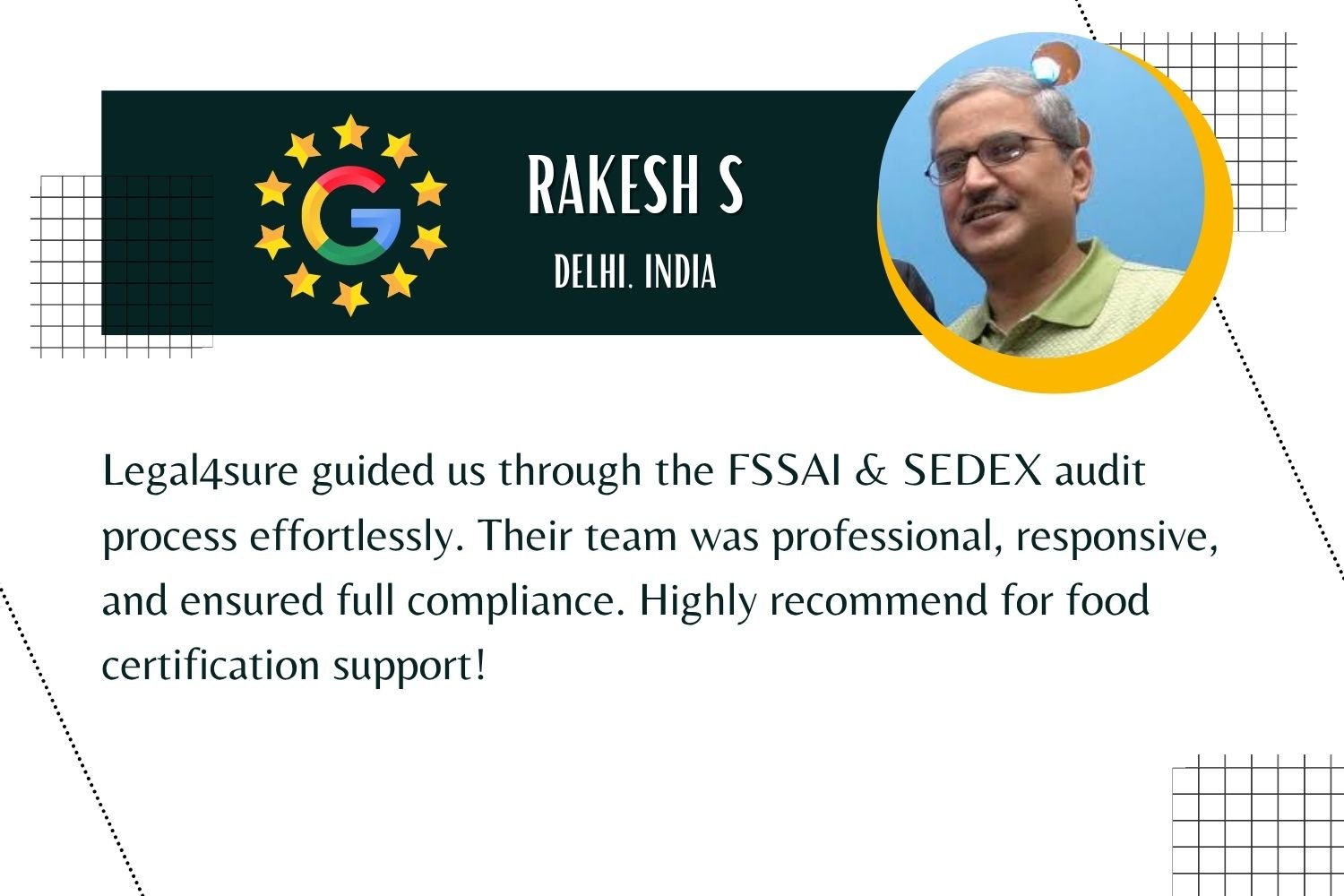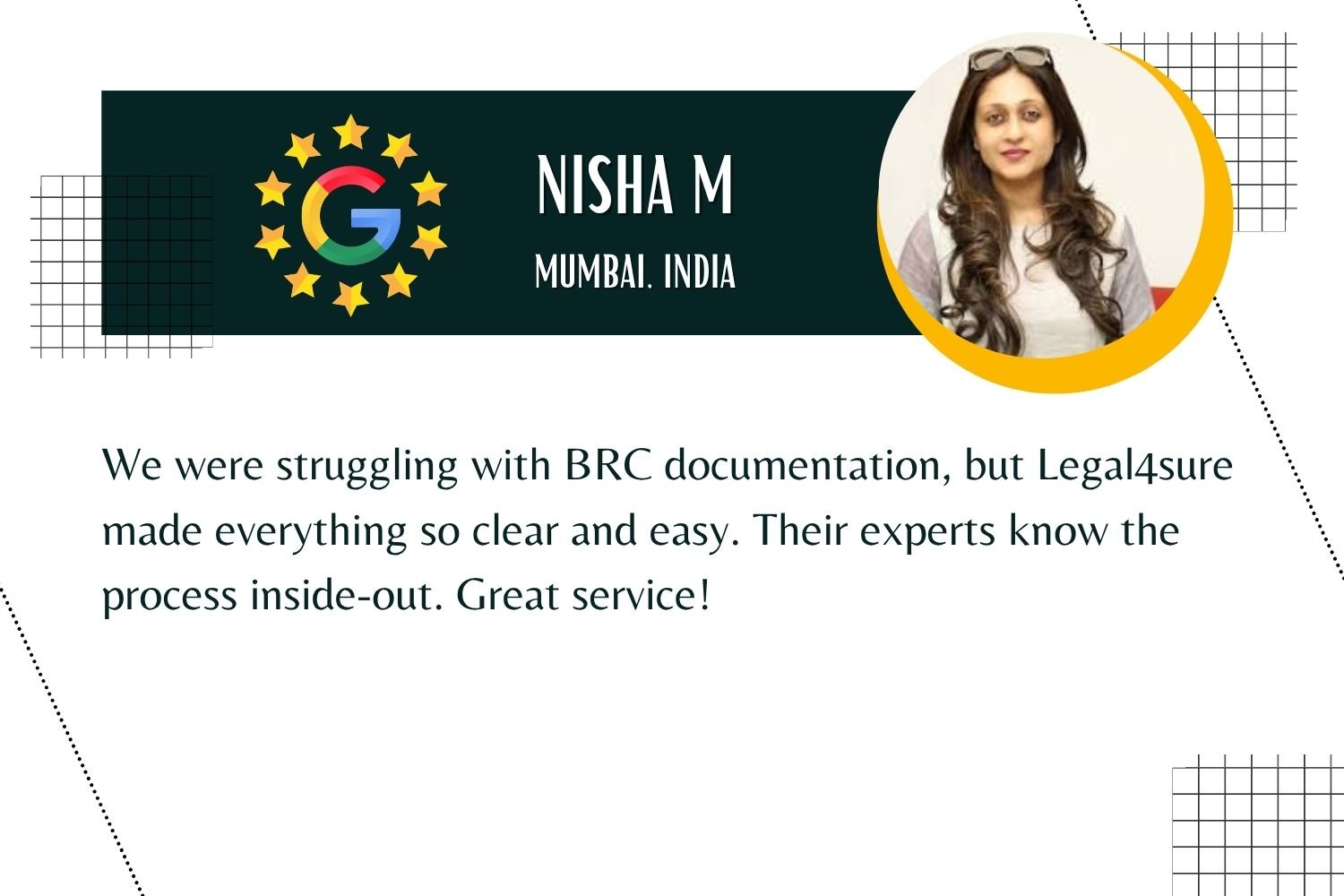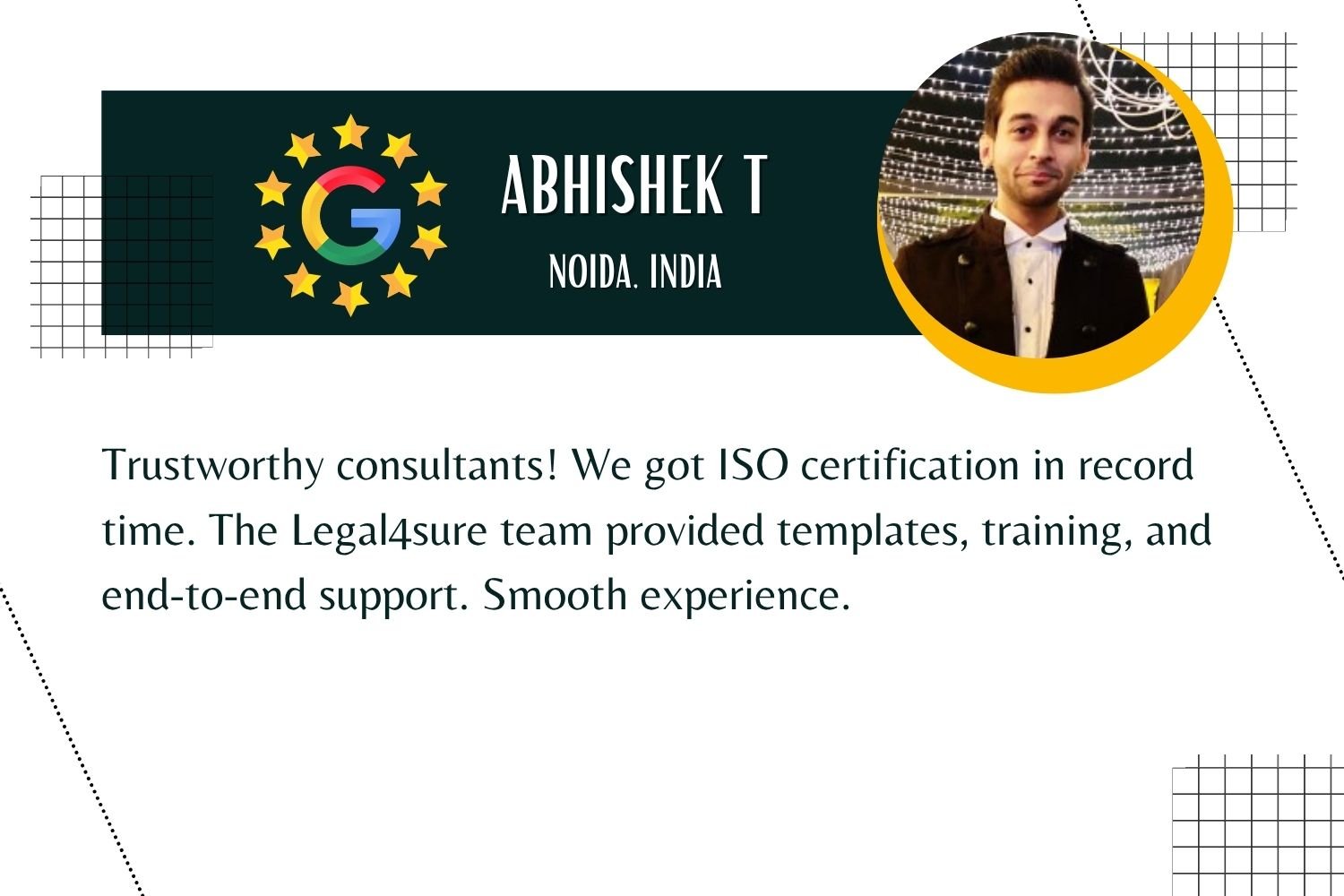A single mistake in food safety can ruin a company’s reputation in seconds. In today’s world of food products, a minor gap in safety can translate to a severe brand reputation and consumer trust decline. FSSC 22000 Certification, an international standard food safety standard for the industry, is to help your businesses keep products safe and of high quality – from farm to table. This standard takes recommended international safety requirements by experts and applies them to the food industry, it helps the industry comply and bolsters consumer confidence.
FSSC 22000 Certification: What It Is and Why Your Food Business Needs It
The FSSC 22000 certification is a international certificate. It is food safety certification scheme that blends ISO 22000 with sector specific. Which will show that your organiation is managing food safety and that your products are safe. The FSSC 22000 certification shows that your organization is meeting with the requirements of an international food safety.
10 Key Steps to Achieve FSSC 22000 Certification Requirements
Pre-requisite Programs
- PRPs can support food safety management as part of an FSSC 22000 management system. Good Manufacturing Practices (GMP) are basic working conditions that ensure safe production, hygiene, maintenance of facilities, and control of contamination.
- The Hazard Analysis Critical Control Points (HACCP) program is used to identify specific food safety hazards and utilize controls to manage or eliminate risk in the food production process. The complementary use of GMP and HACCP controls hazards before they exist to keep food safe and food production compliant with demand and regulatory guidelines.
- These programs must be followed to form a good foundation of food safety and certification success.
Carry Out Hazard Analysis
- Conducting a comprehensive hazard analysis is a key component of FSSC 22000, where a food business identifies biological, chemical, and/or physical hazards that may affect food safety.
- The analysis requires the food business to trace each step in its production process, for the purpose of being able to identify potential hazards. This step also requires consideration of the identification of the critical control points (CCPs), at which control measures can be put in place.
- Preventative measures can be established, monitoring procedures can be established, and corrective actions can be identified. There should be a regular review of the hazard controls to ensure they are relevant to changing processes or changing raw materials.
Prepare Key Documentation & Records
- FSSC 22000 has a clear predefined expectation for documentation and records to demonstrate compliance, and to demonstrate a necessary level of system effectiveness. Documentation includes a variety of items such as Standard Operating Procedures (SOPs), monitoring logs, control plans and records of corrective action, etc.
- Documentation of procedures of food safe practices plays an important role in verifying the consistent application of those practices and ensuring records are maintained for continuity. An effective documentation system may also improve the audit process.
Employee Training & Awareness
- Food safety is managed by personnel who are properly trained and understand food safety policy and procedure. FSSC 22000 requires complete training programs that are specific to the employee’s role, as well as refresher training periodically.
- Food safety personnel must have documentation of what was covered in training, the dates the training was completed, and how difficult the training was, to prove they were competent. A strong food safety culture will mitigate hazards and improve compliance.
Internal Audits & Corrective Actions
- Routine scheduled internal audits evaluate the functioning of the food safety management system regarding FSSC 22000 compliance. Possibly the best way to do this might be to develop an audit plan to formally audit all processes and areas in the department.
- It will be an important aspect of the audits to document findings that may result from the audit process, and to take timely corrective action to avoid non-conformance and identify improvements.
- Follow-up audits will determine whether the corrective action has been taken and is effective, and these will assist with continual evaluation of compliance and preparation for an external audit, if applicable.
Management Review Processes
- Managers need to regularly assess the overall food safety management system to ascertain performance and whether resources are still sufficient. The review will take into account the results of audits, non-conformances, any complaints from customers, as well as any changes to legislation and regulations.
- Managers will be involved to provide clarification on the strategic direction and reaffirm the organization’s commitment to its food safety objectives and the ongoing improvement of the food safety management system with the organizational objectives.
Supplier Management & Traceability
- Effective supplier management will ensure that all raw materials and ingredients consistently meet relevant and predetermined safety criteria. Establish a screening mechanism to evaluate, qualify, or re-evaluate your existing suppliers based on their safety performance.
- As previously stated, proper supplier management is the action to ensure that all incoming raw materials and ingredients meet the applicable previously established safety standards and parameters. In addition, develop a framework to rate your delivery suppliers according to their safety performance as an evaluation or validation of their previous qualification and/or pre-qualification and set clear expectations to raise the safety performance bar for your suppliers moving forward.
Infrastructure & Hygiene Control
- Well-designed facilities and food safety practices will greatly minimize the risk of contamination. The FSSC 22000 standard specifies the facility must be designed with the ability to properly clean food contact surfaces, maintain the exterior and second, control pests.
- Hygiene practices include a properly designed sanitation schedule, waste management, and pest control program, to help facilitate and implement proper hygiene practices and to maintain food safety and compliance with regulatory authorities.
Risk Assessment & Food Defense
- A risk evaluation identifies vulnerabilities for a purposeful, intentional contamination or sabotage. A food defense plan has a security measure and plan for securing the facility, restricting access, monitoring for suspicious activity, and ensuring employees have been trained on food defense.
- All these assist in food integrity and consumer safety, in food safety management, particularly with new threats to safety assurances.
Continuous Improvement Programs
- FSSC 22000 advocates for the continued assessment and improvement of food safety practices. You may want to review performance indicators such as your hazard controls, or you may use audits, customer complaints and/or non-conformances.
- By using your data, you will be able to set improvement objectives, for instance, process improvement or training improvements. Ongoing continual improvement guarantees the system stays responsive to changing risks and improves food safety standards.
Conclusion: Get Certified With Confidence
We simplify the FSSC 22000 certification process for your food services business. From the documentation to the audits, our experienced professionals will be your guide to a seamless and compliant certification. Partner with Legal4sure to build trust, meet the expectations of the global community, and grow with confidence. Talk to Legal4sure experts now and fast-track your FSSC 22000 certification process.
FAQ
Q1. What does an organization need to do in order to become FSSC 22000 certified?
Ans: An organization needs to ensure they are compliant to the requirements of ISO 22000 and establish appropriate PRPs where they can be continually maintained and documented and reviewed.
Q2. Why would an organization in the food sector want to seek FSSC 22000 certification?
Ans: When an organization in the food sector sees value in being FSSC 22000 certified, they are demonstrating to potential regulatory agencies and their customers and suppliers.
Q3. What do you see that is different between FSSC 22000 and ISO 22000?
Ans: ISO 22000 contains the core requirements but FSSc 22000 would contain the majority of your supplemental management system requirements based on the core ISO requirement of 22000.









